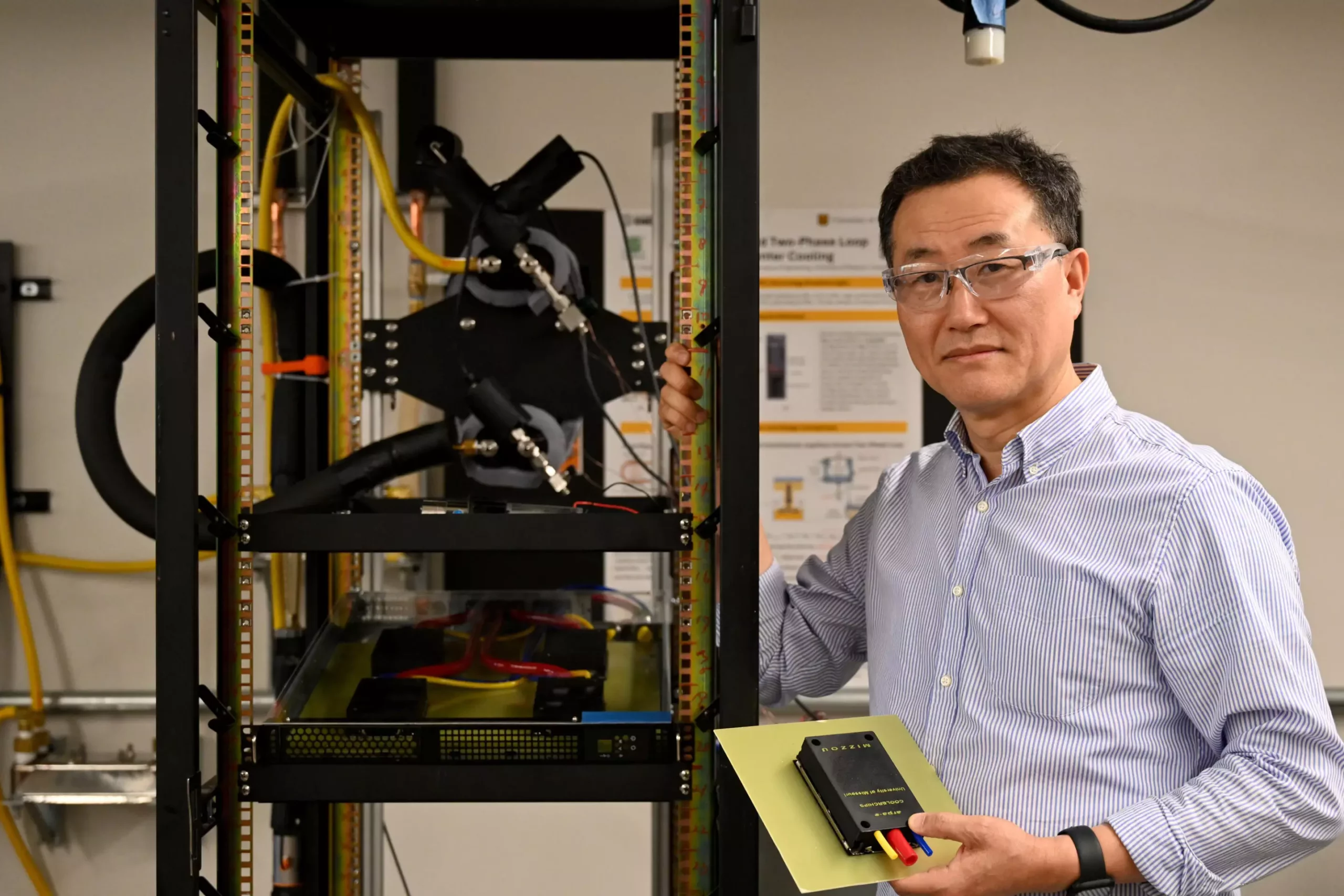As artificial intelligence (AI) continues its rapid expansion, the infrastructure supporting this technological boom faces unprecedented challenges. Central to this infrastructure are data centers—massive hubs of computational power that underpin everything from social media to global finance. However, with increased demand comes a significant energy burden, particularly in cooling systems that maintain the operational integrity of servers. Traditional cooling methods are reaching their limitations—they consume vast amounts of energy and threaten the sustainability of the digital ecosystem. Given this scenario, the importance of innovative cooling solutions cannot be overstated.
The research conducted at the University of Missouri highlights a critical shift in addressing these issues. It’s no longer enough to simply scale up hardware; the environmental and economic costs of cooling must be fundamentally rethought. Existing methods such as fans and liquid cooling are proving insufficient as data centers become more compact and power-dense. The urgent need for a paradigm shift in cooling technology is evident. The future of AI depends heavily on our ability to keep pace with energy-efficient, scalable cooling solutions that meet mounting computational demands without draining natural resources.
Pioneering Energy-Efficient Cooling Technologies
Enter the innovative approach by Professor Chanwoo Park and his team—a state-of-the-art two-phase cooling system that exploits phase change, turning liquid into vapor to efficiently shed heat from server components. Unlike conventional systems, this technology utilizes a thin, porous metal surface that enhances heat transfer through boiling—a process boasting low thermal resistance and high efficiency. The passive design is particularly noteworthy, capable of operating without energy input when demand is low, drastically reducing the operational energy required for cooling.
This approach signifies a seismic shift in thermal management philosophy. By embracing phase change mechanisms, the cooling system sidesteps the inefficiencies inherent in traditional air or liquid cooling methods. The integration of a minimal mechanical pump activated only when heat loads surge further exemplifies a thoughtful balance—combining innovation with frugality. This design philosophy not only promises significant energy savings but also simplifies infrastructure integration, making deployment in real-world data centers more feasible. Early tests suggest these systems can slash energy consumption, an outcome that could transform the economics and environmental impact of data processing.
The Future of Sustainable AI Infrastructure
Implementing such advanced cooling solutions is not simply a technical challenge but a strategic necessity. As AI-powered technology becomes ubiquitous, the scale and power density of data centers will escalate, making new cooling paradigms imperative. Park envisions these systems embedded within server racks, enabling seamless retrofits and future scalability. The goal is to establish a new standard—one where cooling is no longer a secondary concern but a core component of sustainable computing.
Moreover, this research aligns with broader interdisciplinary efforts, exemplified by the impending Center for Energy Innovation. Such facilities aim to harness cutting-edge technology across multiple disciplines to combat rising energy concerns. They represent a proactive approach—a recognition that innovation must encompass not only computational prowess but also ecological responsibility. The pursuit of energy-efficient cooling is emblematic of a larger movement: designing technology that advances human progress without sacrificing environmental integrity.
By focusing on forward-looking solutions now, the research team is positioning itself ahead of the inevitable limitations of current cooling systems. The implication is clear: waiting for crisis points will only widen the gap between demand and capacity. Instead, embracing these technological innovations could lead to a future where AI systems are not only more powerful but also more sustainable. The challenge lies in translating laboratory successes into widespread industrial application, a task that will require vision, investment, and collaborative effort. The work of Professor Park and his colleagues underscores a critical truth—innovative cooling solutions are not just a technical necessity but a moral imperative in shaping a resilient digital future.


Leave a Reply